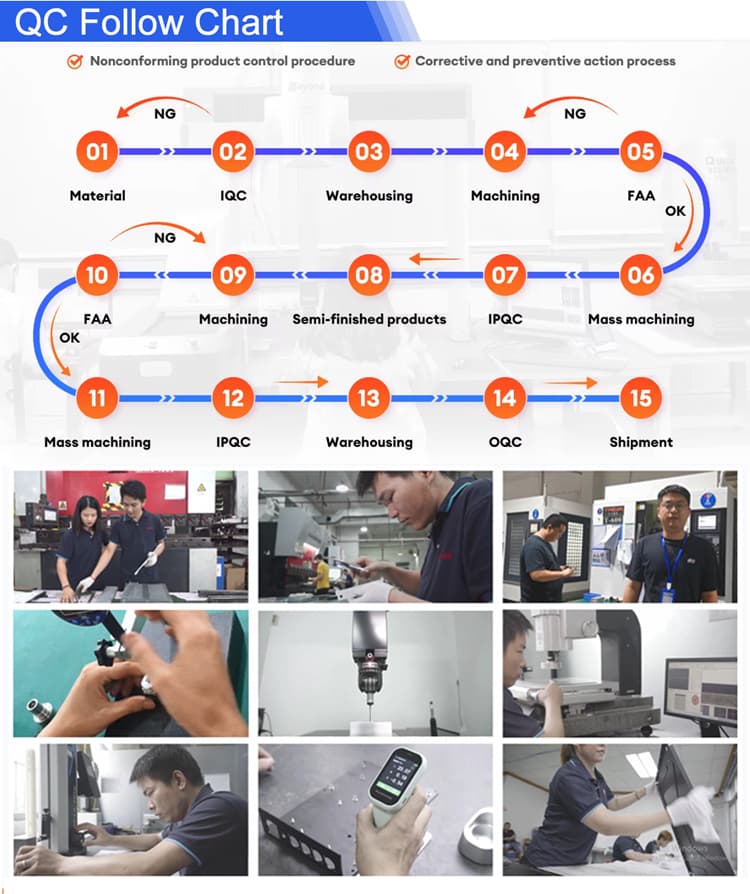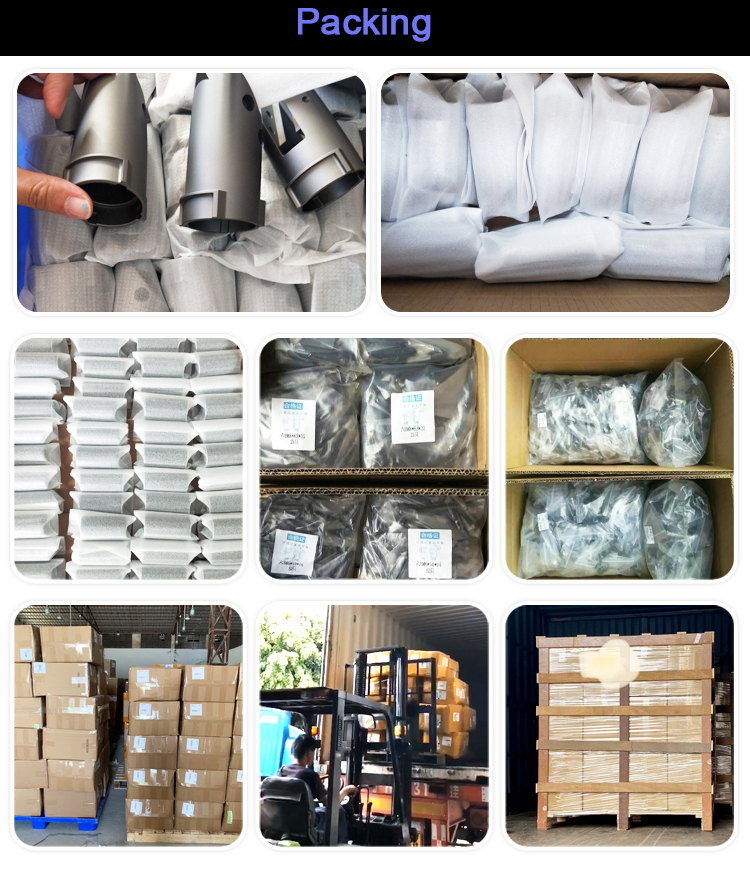How to Tell If a CNC Machining Factory Is Truly Trustworthy?
True professionalism in CNC manufacturing lies not in slogans, but in process logic.
Trust begins with understanding — and quoting accurately, fast
When selecting a CNC machining service, most engineers ask:
“Can this factory really understand my design — and give a reliable quote?”
At BERGEK CNC, trust starts with two things: understanding your design intent and quoting based on real manufacturability.
We provide fast and accurate CNC machining quotations, but every quote is built on solid engineering understanding — not guesswork.
The part’s function and critical surfaces;
The tolerance and precision requirements;
The surface finishing expectations;
The expected quantity and repeatability.
📌 A trustworthy CNC quote is fast, but always backed by real process logic.
Standards come from your project, not from us
Every precision CNC machining project has its own quality expectations. Our job is to turn your design requirements into clear, achievable process standards.
For example, visible surfaces may require specific finishing consistency, while structural components may need strict dimensional control.
We communicate these details at the quotation stage, so both sides understand the connection between technical difficulty, quality goals, and cost.
✅ Clear standards lead to predictable results and transparent pricing.
Prototype machining: verifying feasibility, not chasing perfection
“Why does a CNC prototype sometimes cost more than mass production?”
Because a CNC prototype is not just a product — it’s a process validation. At this stage, our engineers:
Create dedicated CNC programs and setups;
Adjust toolpaths, speeds, and fixtures;
Verify surface finishing consistency and structural stability.
The prototype cost reflects the engineering effort needed to ensure the design can be manufactured reliably. You’re not paying for one part — you’re paying for certainty.
Internal process validation — what happens before you receive the first part
Before sending the first prototype to a client, our engineers complete several internal validation runs. These pieces stay in-house to confirm process stability and fixture performance.
In one recent project, we identified and solved two small but important issues:
Step alignment — adjusted fixture support and tool offset to stabilize dimensions.
Surface protection — optimized air pressure and added soft liner protection to eliminate micro-scratches.
After validation, we produced the final prototype that met the agreed standards.
📌 What you receive once has already been verified many times inside our factory.
Why CNC programming still needs validation
CNC machining is precise, but real-world conditions are never identical. Even with perfect CAD/CAM data, variables such as clamping, temperature, and tool wear affect results.
| Factor | Effect | Control |
|---|---|---|
| Fixture rigidity | Slight deformation | Adjust support and clamping force |
| Tool deflection | Uneven cutting depth | Use shorter tools or adjust feed |
| Tool change offset | Step marks | Recalibrate offsets |
| Thermal drift | Size variation | Control machining time and temperature |
| Material stress | Warping after cutting | Balanced machining and stress relief |
CNC ensures repeatability, but validation ensures repeatability under real-world conditions. Each prototype machining run helps us define a stable process window for mass production.
Communication that stays visible and honest
For overseas clients, visibility matters as much as precision. We don’t send fixed weekly reports — we update whenever there’s meaningful progress.
After machining → photos or short video updates;
After surface finishing → color and texture confirmation;
Before shipment → inspection and packaging photos.
Clients can use these visuals for internal records or presentations. You don’t just receive parts — you see how they’re made.
Problem-solving at the factory, not after delivery
When a deviation appears, our engineers analyze and fix it immediately on site. We maintain product records — including key tool data, fixture setups, and surface finishing results — so the next batch can be produced under the same verified conditions.
The best report isn’t a document — it’s a consistent product in your hands.

Packaging that protects, not over-engineers
With years of experience in precision CNC manufacturing, our packaging system focuses on practical protection. Different parts require different methods:
Foam layers or custom holders for structural parts;
Soft liners or wrapping for visible or polished surfaces;
Strong outer boxes to prevent vibration during transit.
The goal is simple — your parts arrive exactly as we inspected them.

Why many clients continue to work with us
Clients don’t stay because of the lowest price. They stay because they see:
We understand their design intent;
We explain machining decisions clearly;
We validate every process internally;
We communicate openly and visually.
That combination builds engineering trust — the kind that lasts.
Ready to evaluate your CNC partner?
You don’t need to place an order right away. Just share your project details and requirements, and we’ll provide machining suggestions, tolerance guidance, and surface finishing advice — helping you decide whether it’s ready for prototyping.
📩 Upload your drawings to get a CNC machining quote
📘 Related reading: How to Control Color Difference (ΔE) in Anodizing
Summary
| What to check | What it shows | Why it matters |
|---|---|---|
| Understanding before quoting | Factory asks the right questions | Prevents mispricing and design mismatch |
| Internal process validation | Process stability | Predictable mass production |
| Transparent communication | Real progress updates | Builds long-distance trust |
| Packaging logic | Shipping safety | Protects product value |
A reliable CNC factory isn’t one that never faces challenges — but one that solves them with logic, speed, and professionalism.













